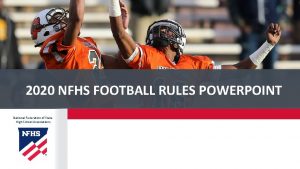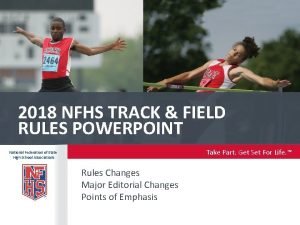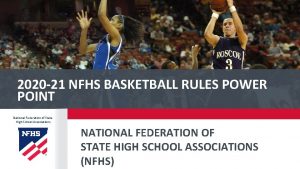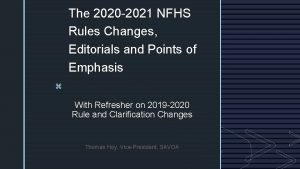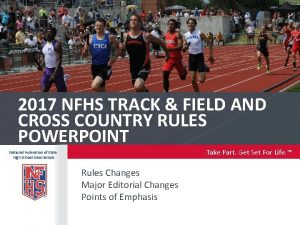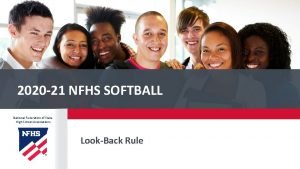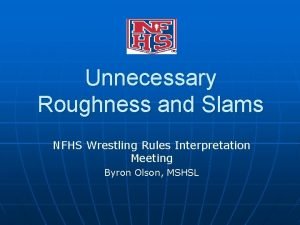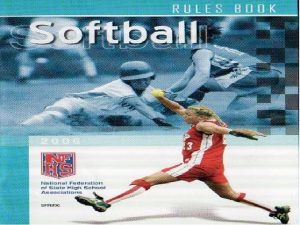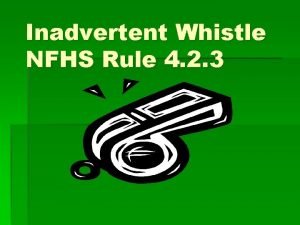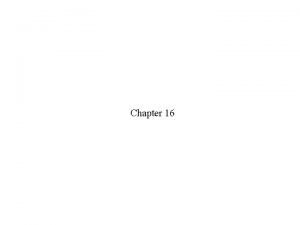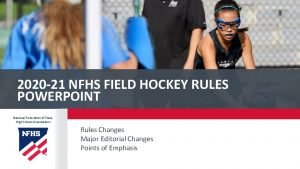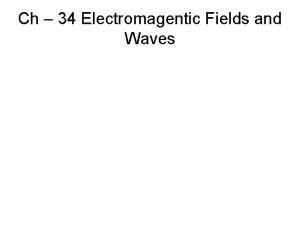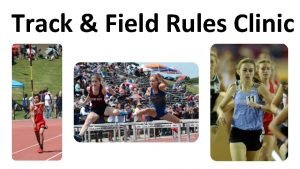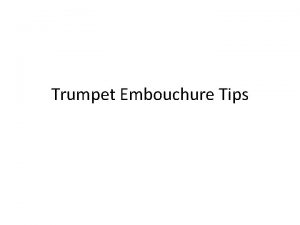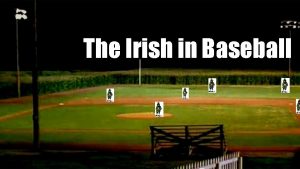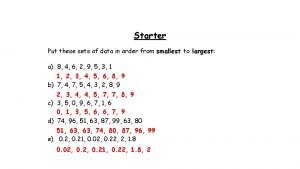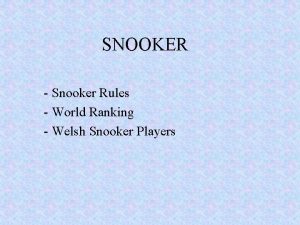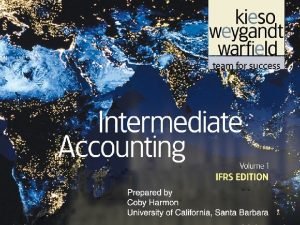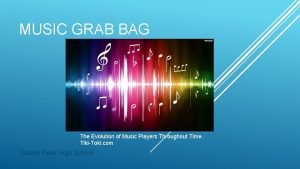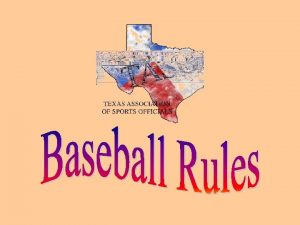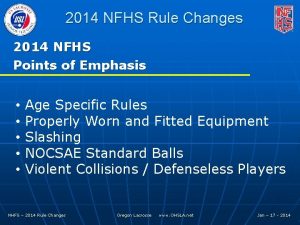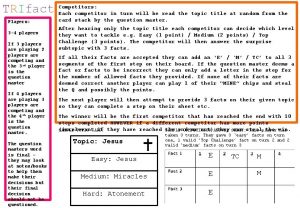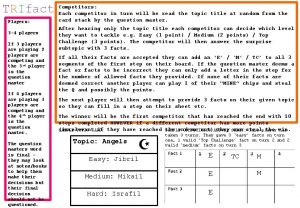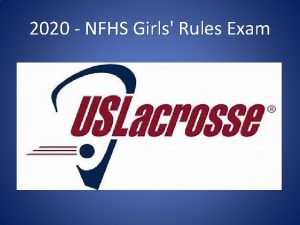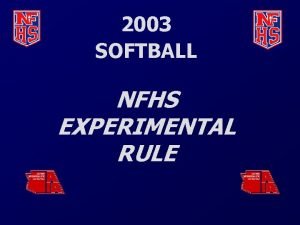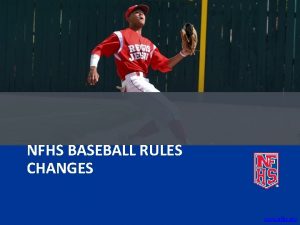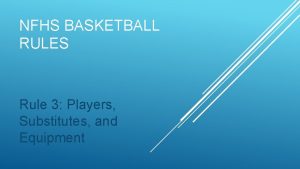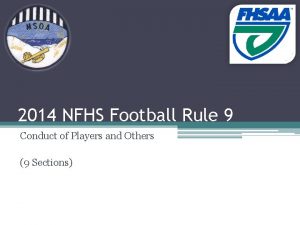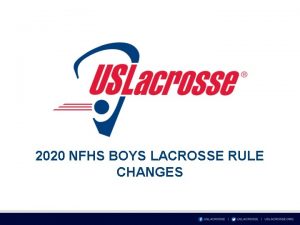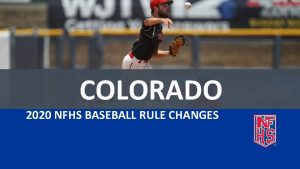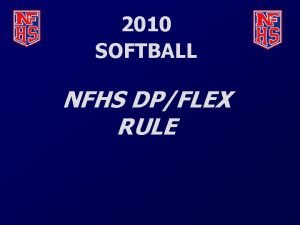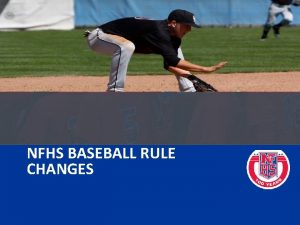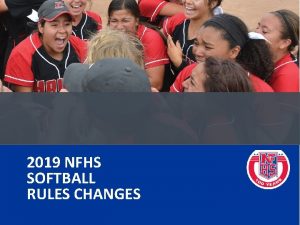NFHS Rule 1 Players Field Equipment 2020 Points





































- Slides: 37


NFHS – Rule 1 Players, Field & Equipment

2020 Points of Emphasis Game Ending Procedures Player / DH Rule Proper Pitching Positions Force Play Slide Rule Enforcement of Jewelry Rule Compliance of Player’s Equipment (Also emphasized in 2019)

Section 1 Positions • Art 1 - Each team is allowed seven turns at bat • Each half inning consists of 3 outs • Each team consists of at least 9 players • One of the players may be designated as the Captain • Art 2 - Coach and Captain represent the team. • Present line-up cards • Ground rules • Line-up is legal when verified and accepted by the umpire • Art 3 - Player is designated by name, number and position

1 – Pitcher 2 - Catcher 3 – First Baseman 4 – Second Baseman 5 – Third Baseman 6 – Shortstop 7 – Left Fielder 8 – Center Fielder 9 – Right Fielder DH – Designated Hitter

Section 1 Positions • Art 4 – All fielders need to be in fair ground, except for the catcher (who shall be in the catcher’s box). • Penalty: Illegal pitch (2 -18) • Art 5 – A player may change to a different fielding position at any time, except that a pitcher, after being listed as such on the official line-up card cannot change until conditions in 3 -1 -1 and 3 -1 -2 are met. Changes should be reported to the umpire and scorer.

Section 2 the Field

Section 2 The Field • Art 1 – The diamond shall be 90 foot square • Measuring the distance to 1 st or 3 rd base – apex of the plate to back edge of the base. • All area between the lines is considered “fair territory” and all else is considered “foul territory” • Art 2 – All lines shall be marked with a material which is not injurious to the eyes or skin. All lines (non-permanent) should be white. • No caustic materials shall be used – ie: lime

Section 2 The Field • Art 3 – On-deck circle shall be to the side and away from home plate 37 feet if space allows. • Neither team’s players shall warm up in the other team’s on-deck circle. • Does not have to be occupied, but if a player is warming up, it needs to be in the circle – provided it is in a safe place • Note: No hitters may warm up in the “V” behind home plate. • Art 4 – When the dugout is temporarily extended, for any reason, it shall be extended towards the OUTFIELD parallel to the foul line. • It shall be applied to both teams

Fair Territory Foul Territory Du g ou t t Du u go

Section 2 The Field • Art 5 – When building a new field the distance from home plate to the nearest obstruction should be at least 300 feet. • • • Lines should be 300 feet Center field should be 350 feet Should run Northeast Home plate to middle of second base – 127’ 3 3/8” Width of foul line – 2 ½ inches • Art 6 – Mound should have a radius of 9 feet • Centered 1 ½ feet in front of rubber • Full dimensions are in the rule book

Section 2 The Field • Art 7 – The pitcher's mound may consist of part synthetic material, that is manufactured for that purpose • Must meet specifications of the suggested layout in the book • Must be secured to the ground • Art 8 – Media shall be prohibited from being in live-ball area • If a designated area is to be used, then it must be established before the start of the game. • May be a lined area (agreed upon by coaches and umpires) – this is considered dead-ball territory

Section 2 The Field • Art 9 – Bases shall be white, 15 inches square and 2 -5 inches thick. • • Secured to the ground May have tapered edges May be designed to disengage Double 1 st base – Not permitted in Maine • Art 10 – Home plate shall be a 5 -sided slab of whitened rubber or other suitable material • 1 edge is 17” long (faces pitcher’s plate) • 2 edges are 8 ½ “ long • 2 edges are 12” long (coincide with fair/foul lines)

Section 2 The Field • Art 11 – Pitcher’s plate • Rectangular slab of whitened rubber • 24” X 6” • Distance from front edge of rubber to tip of plate is 60’ 6” • Art 12 – Any game started on a non-regulation facility by mutual agreement of the opposing coaches shall not be protested for this reason

Section 3 Bats, balls and gloves • Art 1 – Baseballs • • • Shall be 5 to 5 ¼ ounces in weight Coefficient of Restitution (COR) shall not exceed. 555 A minimum of 3 baseballs to start the game (no less than 2 at the end) Home team shall supply the baseballs NFHS Authentication mark is required on all baseballs used in High School baseball. Modified the effective date that baseballs shall meet a NOCSAE performance standard. (Effective January 1, 2020).

Section 3 Bats, balls and gloves

Section 3 Bats, balls and gloves • Art 2 – Bats • Each legal wood, aluminum or composite bat shall: • Be one-piece, multi-pieces and permanently assembled, or 2 -pieces with interchangeable barrel construction • Not have exposed rivets, pins, rough or sharp edges or any form of exterior fasteners that would present a hazard • Be free of rattles, dents, burrs, cracks and sharp edges. • Bats that are broken, altered or that deface the ball are illegal. • Materials inside the bat or treatments/devices used to alter the bat specifications and/or enhance performance are prohibited and render the bat illegal

Section 3 Bats, balls and gloves • Art 2 – Bats (Cont) • Each legal wood, aluminum or composite bat shall have the following components: • • • Knob Handle Barrel Taper End Cap

Section 3 Bats, balls and gloves • Art 2 – Bats • Each bat not made of a single piece of wood shall: • Have a safety grip made of cork, tape (no smooth tape) or commercially manufactured material • Must extend a minimum of 10”, but no further than 18” • Resin, pine tar or any drying agent are permitted only on the grip • Molded grips are illegal • Be 2 5/8 or less in diameter at the thickest part of the bat and 36” or less in length • Not weigh, numerically, more than 3 ounces less than the length of the bat (Drop 3)

Section 3 Bats, balls and gloves • Art 2 – Bats • Bats that are not made of a single piece of wood shall meet the Batted Ball Coefficient of Restitution (BBCOR) performance standard: • Shall be labeled with a silkscreen or other permanent certification mark • No sticker, label or decal shall be accepted. • Mark shall be rectangular, a minimum of one inch on each side and located on the barrel in any contrasting color

Section 3 Bats, balls and gloves • Art 3 – A bat made of a single piece of wood may be roughened or wound with tape no more than 18 inches from the handle end of the bat. No foreign substance may be added to the bat beyond 18 inches from the end of the handle. • Each wooded bat shall be: • 2 ¾ inches or less in the thickest part of the bat • 36 inches or less in length

Section 3 Bats, balls and gloves • Art 4 – Only bats may be used for warming up (including weighted bats). Only bats and items designed to remain part of the bat, such as weighted bats, batting doughnuts and wind-resistant devices are legal at any location • Art 5 – Bats that are altered from the manufacturers original design and production or do not meet the rule specifications are illegal. • • No artificial means to heat the bat Nothing inside the bat Broken or dented May be removed without penalty

Section 3 Bats, balls and gloves • Art 6 – Gloves/Mitts made of leather shall be worn by all fielders and not be altered to create a sticky or tacky surface. • Catchers mitt can be any size • Pitchers glove cannot have white or gray • Fielders gloves must conform to the maximum specs outlined in the book • Art 7 – Loose equipment such as gloves, bats, helmets or catchers gear of either team may not be in play • Penalty – If it interferes with play, the umpire may call an out(s), award bases or return runners, based on his judgement

Section 4 Uniforms • Art 1 – Uniforms of all team members should be the same color. Caps and shoes (no track spikes) are required. When a helmet is required, then it replaces the cap. • Art 2 – For individual players, sleeve lengths may vary, but each players sleeve should match his other arm. • • Cannot be frayed, slit or ragged Pitcher’s sleeves (if exposed) cannot be white or gray Compression sleeves need to be solid color (black or white) Cannot wear items on hands

Section 4 Uniforms • Art 3 – A players shall not have dangerous or reflective buttons or ornaments. Shall have a number on the back (solid contrasting color). The number must be plain Arabic style and shall be at least 8” in height. May have a border no larger than ¼” in width. • Art 4 – The official uniform cannot bear anymore than 1 manufacturer logo or trademark on each piece of the clothing. It shall not exceed 2 ¼”. • An American flag 2 X 3” may be worn on each item. • Special occasion and memorial patches may be worn on jerseys. This is by State approval and may not be larger than 4”

Section 5 Player Equipment • Art 1 – It is mandatory for on-deck hitters, batters, runners, players in coaching box and non-adult ball shaggers to wear a double-flap batting helmet. It must be non-glare and meet the NOCSAE standard and have the warning label. A violation by a non-adult bat/ball shagger shall result in a warning to the coach. Any other violations may result in the individual not being allowed on the field. • When an umpire observes anyone who is required to wear a batting helmet, while in live ball territory and the ball is LIVE – the umpire shall issue a team warning to the coach of the team, unless the ball becomes dead without being touched by a fielder or, after being touched goes directly to dead-ball area. A subsequent violation shall result in an ejection.

Section 5 Player Equipment • Art 2 – A mask face guard may be attached to the helmet at the time of manufacture. All attachments must meet the NOCSAE standard. A face mask/guard may be attached after manufacture, provided it is specifically designed for that helmet, and the procedure is approved by the manufacturer. • Art 3 – The catcher shall wear, in addition to a head protector, a mask with a throat protector, body/chest protector that meets the NOCSAE standard at the time of manufacture (Effective January 1, 2020), protective cup (male only), and baseball protective shin guards.

Section 5 Player Equipment

Section 5 Player Equipment

Section 5 Player Equipment

Section 5 Player Equipment • Art 4 – The catcher’s helmet and mask combination shall meet the NOCSAE standard. Any helmet or helmet/mask combination shall have double ear flaps. A throat protector, either part of the mask or attached is mandatory. The protector shall adequately cover the throat. The manufactured helmet may be a one-piece or multi-piece design. • While in a crouch, any non-adult warming up the pitcher, at any location, shall wear a head protector, a mask with a throat protector and a protective cup. • Failure to wear the proper equipment after being ordered by the umpire … shall result in an ejection

Section 5 Player Equipment

Section 5 r o f l l l Player Equipment a g ba e l s i a s i b l s i o h o T h c S h g i H

Section 5 Player Equipment • Art 5 – Defensive players are permitted to wear face/head protection in the field. If the pitcher or fielder wears a helmet, it shall be nonglare. • Art 6 – Defective equipment shall be repaired or replaced immediately. • Art 7 – If a ball is touched by an illegal glove/mitt, is discovered by the umpire, the coach or captain of the team has the choice of taking the result of the play or having the award (8 -3 -3 a, b, c). The glove must be replaced immediately. A foul ball caught by an illegal glove, shall be nullified and called foul, unless the coach takes the results of the play.

Section 5 Player Equipment • Art 8 – Hard and unyielding items (guards, casts, braces, splints etc) must be padded with closed-cell slow recovery foam padding no less than ½” thick. Knee and ankle braces which are unaltered from the manufacturer’s original design, do not require extra padding. • Each association, with State approval, in keeping with applicable laws, authorize exceptions to NFHS rules to provide reasonable accommodations to individuals with disabilities or special needs, as well as those with extenuating circumstances. • These accommodations should not fundamentally alter the sport, allow an otherwise illegal piece of equipment, create risk to the athletes or place opponents at a disadvantage.

Section 5 Player Equipment • Art 9 – Any player equipment judged by the umpire to be unreasonable dangerous is illegal. • Art 10 – Any questions regarding legality of a player’s equipment shall be resolved by the umpire • Art 11 – Non – traditional playing equipment must be reviewed by the NFHS Baseball Rules committee before it will be permitted to be used. • Art 12 – Jewelry shall not be worn (3 -3 -1 d) except for religious or medical medals. A religious medal must be taped and worn under the uniform. A medical alert must be taped, but may be visible.

NFHS – Rule 1 • Players, Field & Equipment • Questions ?
 Nfhs football rule changes 2020
Nfhs football rule changes 2020 Nfhs track and field rule book
Nfhs track and field rule book 2020-21 nfhs basketball rules book
2020-21 nfhs basketball rules book Nfhs volleyball uniform rules 2020-2021
Nfhs volleyball uniform rules 2020-2021 Nfhs track and field dimensions
Nfhs track and field dimensions Nfhs softball look back rule
Nfhs softball look back rule High school wrestling slam rules
High school wrestling slam rules Obstruction rule in softball
Obstruction rule in softball Inadvertent whistle rule
Inadvertent whistle rule Nfhs wrestling rule changes
Nfhs wrestling rule changes Brand frame of reference
Brand frame of reference Point of difference and point of parity
Point of difference and point of parity At the position of the dot, the electric field points
At the position of the dot, the electric field points Esterman efficiency score 92
Esterman efficiency score 92 Field hockey markings
Field hockey markings Magnitude of magnetic force
Magnitude of magnetic force Individual differences in second language learning
Individual differences in second language learning Field dependent vs field independent
Field dependent vs field independent Electric field and magnetic field difference
Electric field and magnetic field difference E field h field
E field h field Database field types and field properties
Database field types and field properties Field dependent and field independent
Field dependent and field independent Difference between electric field and magnetic field
Difference between electric field and magnetic field Right hand palm rule magnetic field
Right hand palm rule magnetic field Electric field right hand rule
Electric field right hand rule Force on a charge in magnetic field
Force on a charge in magnetic field Electric field right hand rule
Electric field right hand rule Hand rule for magnetic field
Hand rule for magnetic field Hand rule for magnetic field
Hand rule for magnetic field Ahsaa track and field rule book
Ahsaa track and field rule book Embouchure for trumpet
Embouchure for trumpet Irish baseball players
Irish baseball players Colin took a sample of 80 football players
Colin took a sample of 80 football players Rules of snooker
Rules of snooker The major key players on the international side are the
The major key players on the international side are the The evolution of music players
The evolution of music players Characteristics of sustainable tourism
Characteristics of sustainable tourism Key players in cruise industry
Key players in cruise industry
